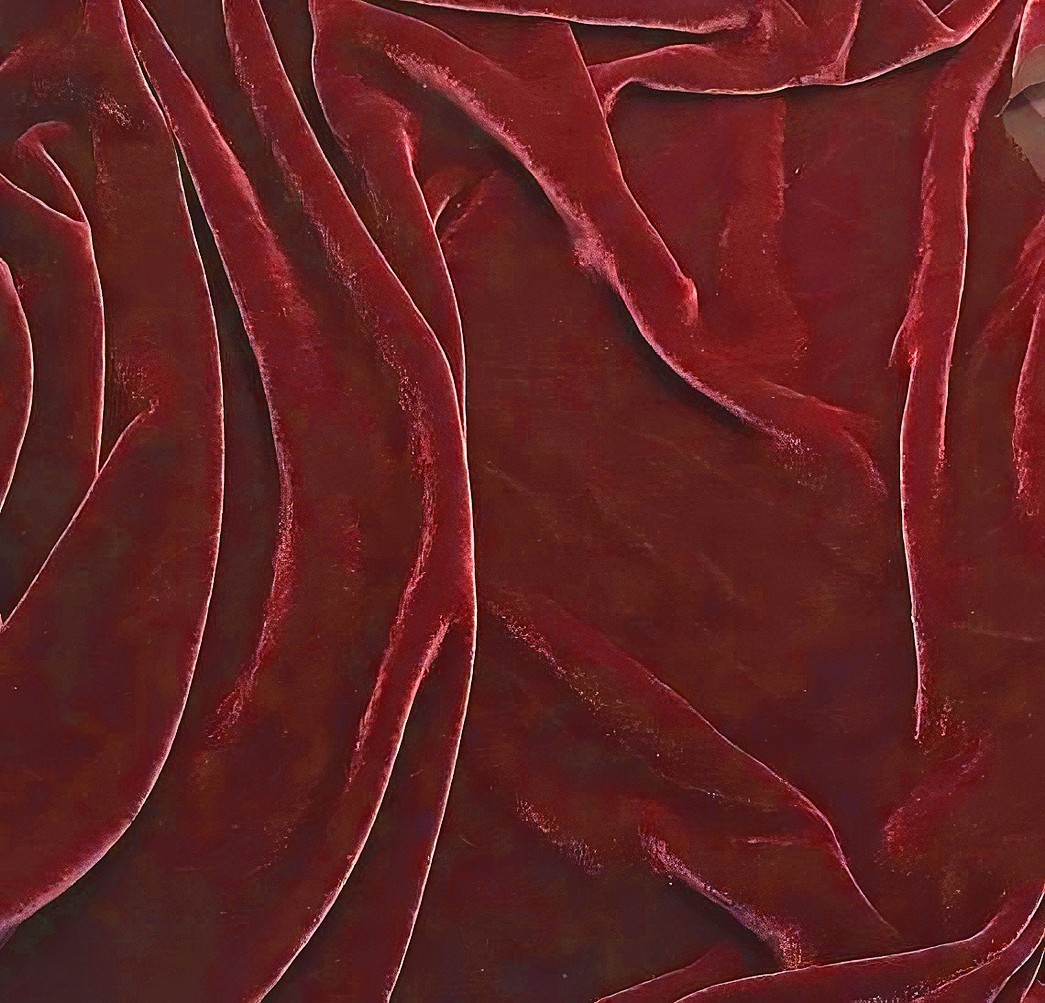>
Fabric rendering techniques: Capturing or generating realistic fabric textures & draping. Learn photography and AI approaches to showing material quality.
Fabric rendering techniques: Capturing or generating realistic fabric textures & draping. Learn photography and AI approaches to showing material quality.
The accurate capture or digital generation of fabric textures, weaves, drapes, and material qualities in photography or AI-generated images. Includes showing how light interacts with different materials like silk, denim, wool, or synthetic fabrics.
Category: Photography Technique, AI Technology
Why It Matters: Communicates product quality and value; helps customers understand material feel and behavior; differentiates premium from budget products; reduces "material not as expected" returns; justifies pricing tiers.
Use Cases: Luxury product photography, fabric detail shots, AI-generated product images, showing material texture differences, demonstrating fabric hand and drape, quality communication.
Example of Real Use Case: A wool coat manufacturer includes macro detail shots showing the fabric weave structure and natural texture. Combined with proper lighting that shows the material's depth, they see 45% increase in premium product conversions and fewer quality-related returns.
Software/Service: Macro photography lenses, focus stacking software, Stable Diffusion with fabric prompts, 3D rendering software (Blender, CLO3D), texture libraries,
Common Issues: AI struggles with realistic fabric texture, loss of texture detail in compression, difficulty showing fabric hand digitally, inconsistent texture rendering in AI, over-smoothing in retouching removing natural texture.
Do's and Don'ts:
✓ Do use appropriate lighting to show texture depth
✓ Do include macro shots of unique fabrics
✓ Do avoid over-retouching that removes texture
✓ Do describe fabric characteristics in copy alongside images
✗ Don't smooth away natural fabric texture
✗ Don't rely on AI alone for luxury fabric rendering
✗ Don't compress images excessively losing texture detail
Related Terms: Detail Shot, Texture Mapping, Super-Resolution, AI Retouching, Material Photography
Also Known As: Texture Rendering, Material Representation, Fabric Photography

